Literature + ArtObjective: This project is an opportunity for you to explore the intersection of art and literature, two disciplines that have been intertwined for centuries. Your task is to create illustrations on the pages of literature, using the content of the words on the pages as your guide. You will read the page you are given and decide what stands out to you as inspiration for your illustration. This will require you to dig deep and tap into your creative instincts, allowing your imagination to run wild as you bring the text to life through your artwork. Through this project, you have the opportunity to add your voice to this rich history of collaboration between art and literature. So let your imagination soar and create work that is more inspired and technical than anything you've made before. This is your chance to showcase your unique artistic vision and express your soul through the pages of literature. Good luck! Art and literature have a long and intertwined history, with many examples of the two disciplines working together throughout different periods and cultures. Here are a few ways in which art and literature have collaborated:
|
|
0 Comments
Quick Guide Step By Step Process:
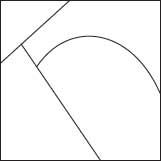 Inventing your own designs Step by Step Directions Step One: Start with 3-4 random lines inside the square to break up the space. These can be straight lines or curves. Each line should start and end at the border of the design. Placing these first lines – you divided the square into few areas. Now you concentrate on one area at a time. 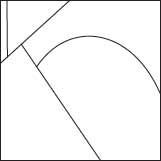 Step Two: Start placing lines parallel to the outline of the area. 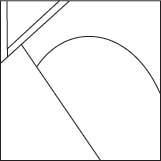 Step Three: Get them close together without having them touch (except at the ends). 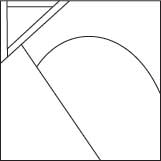 Step Four: You can do that in a circle, or use only select sides of the area, or use only 2 sides 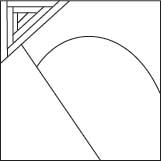 Step Five: Once you are done with one area – move to the next 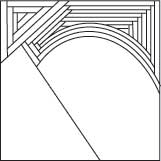
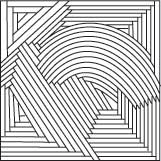 The worksheet contains 12 squares for you to design. I will be grading the top six designs that you indicate for me to grade. Use the entire 90 minute period to create as many designs as possible. If you don't finish all 12 by the end of class, you may take the worksheet home and turn it in the next time we meet. We will be moving on to the Optical Illusions with Line project once this activity is complete.
|
ART 1
|
|||||||||||||||||||||||||||||||||||||||||||||

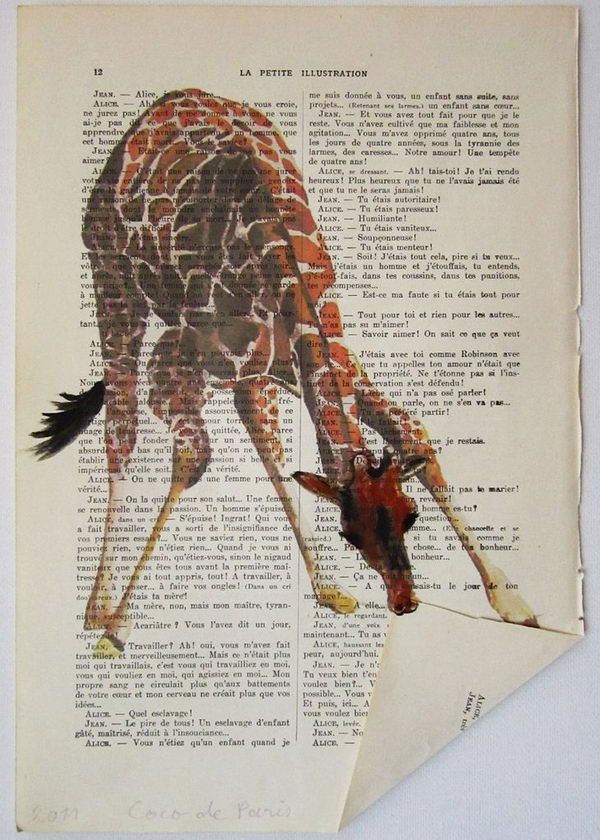
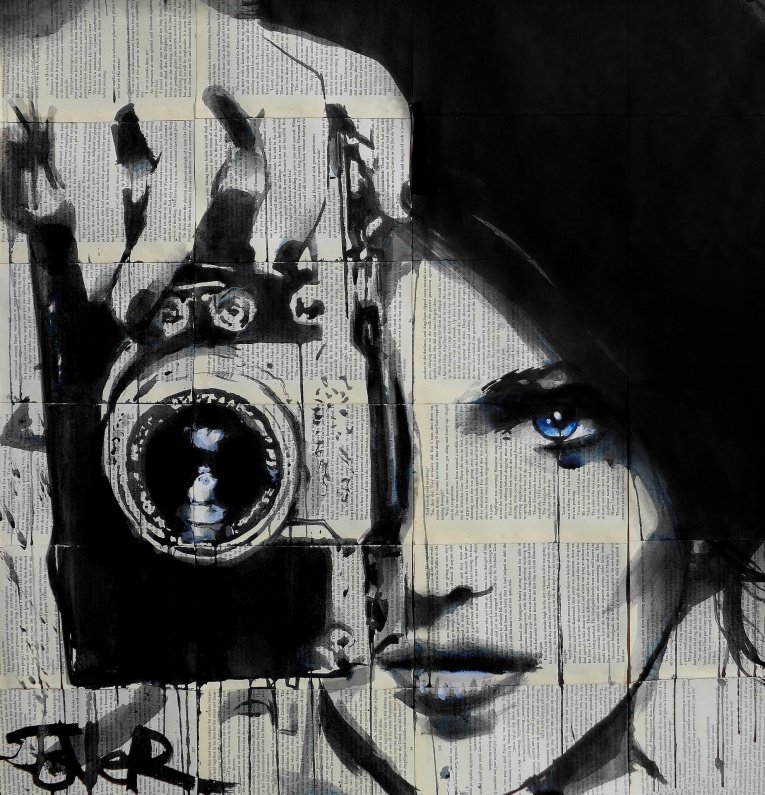
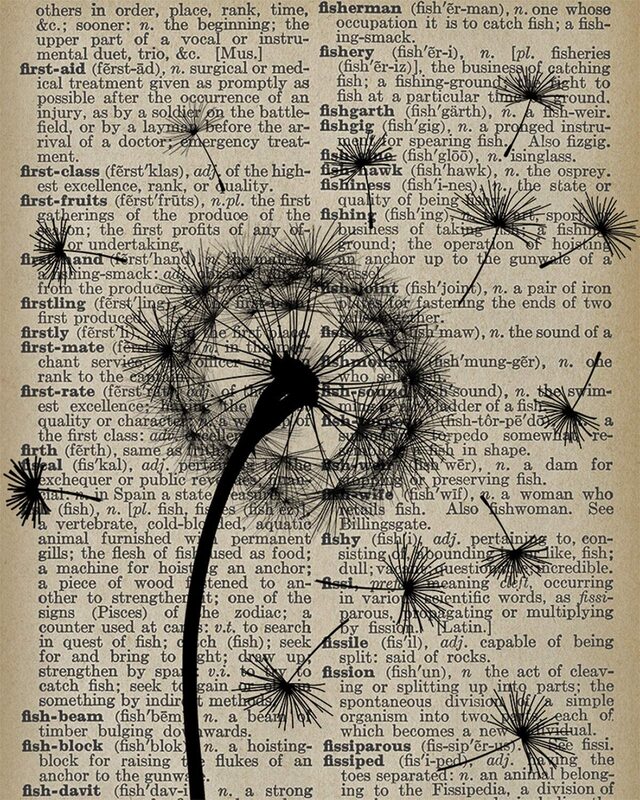
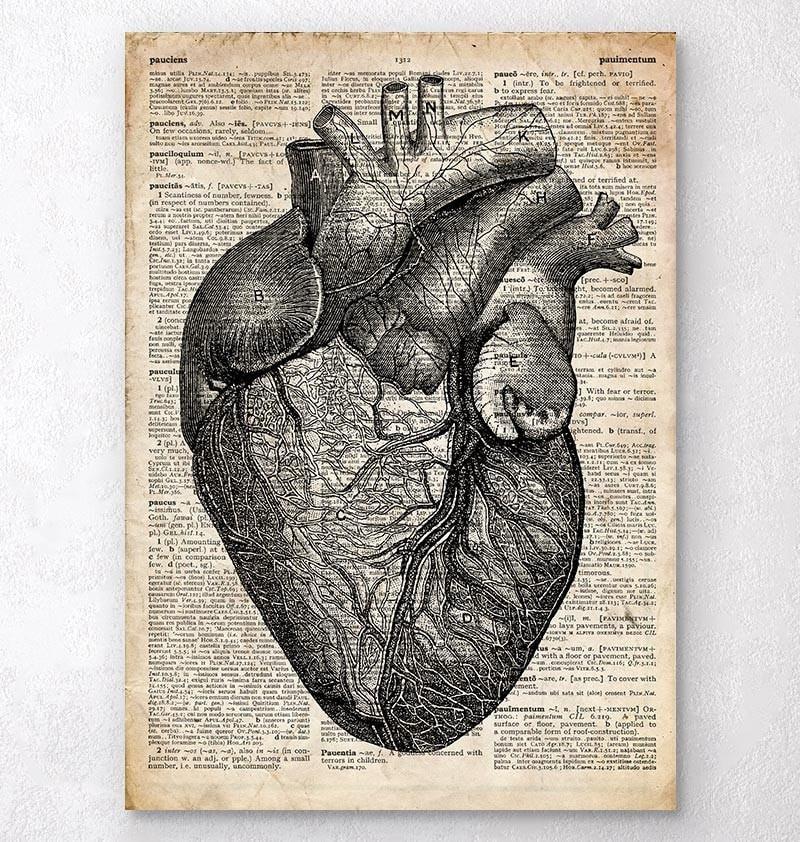
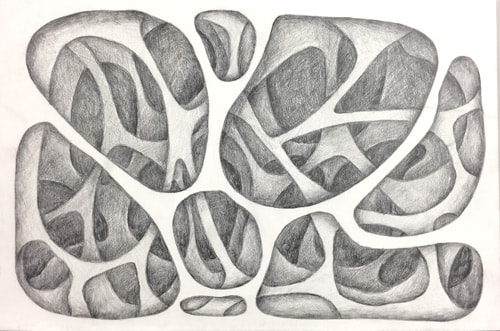
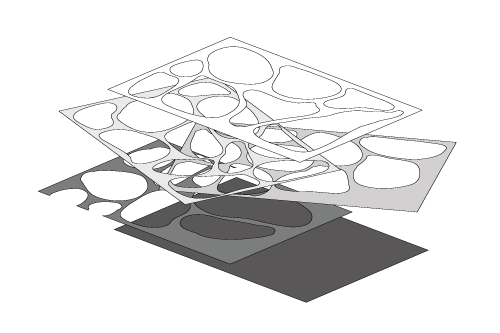
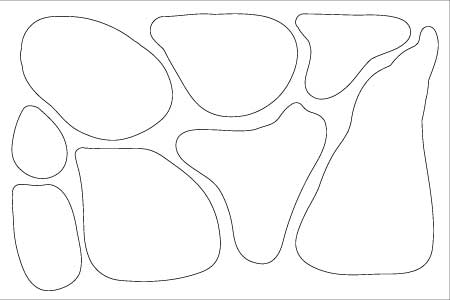
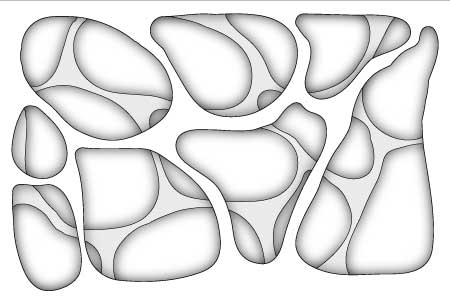
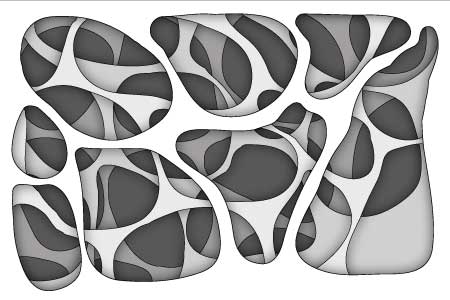
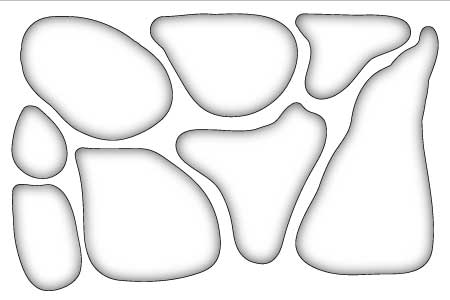

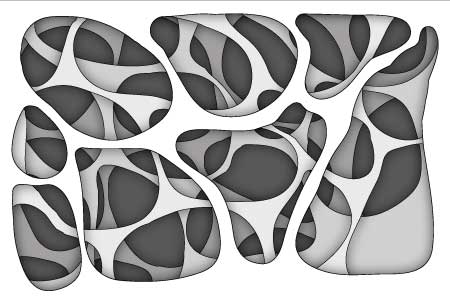
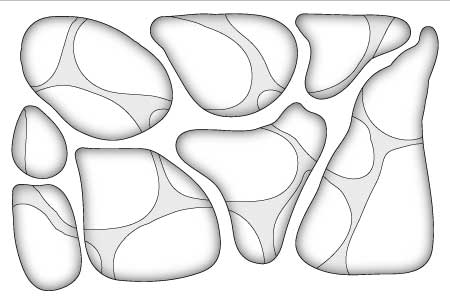
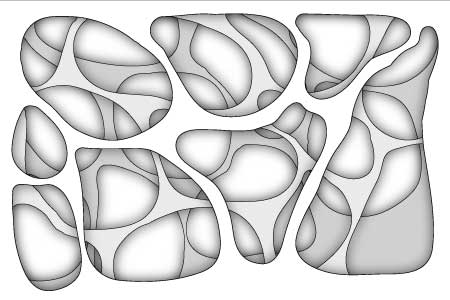
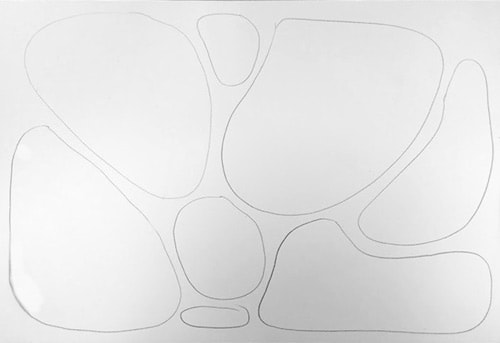

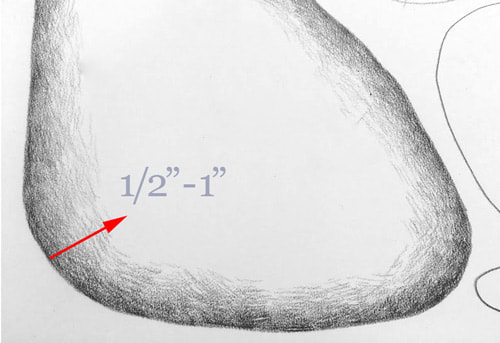
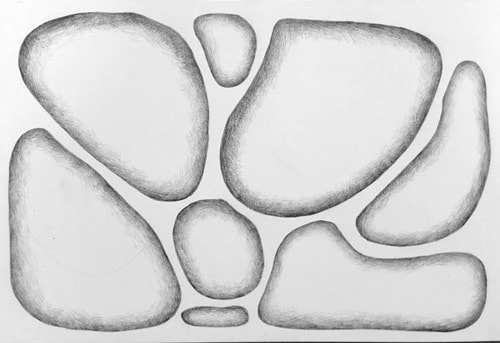
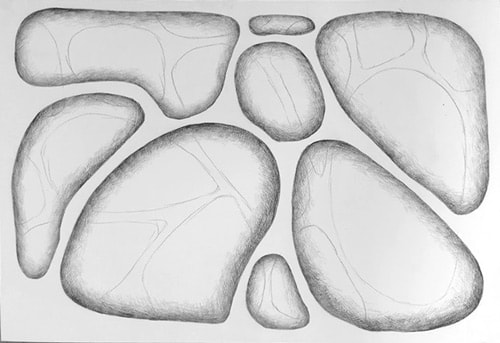
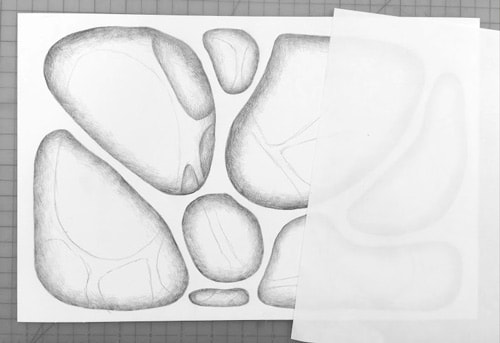
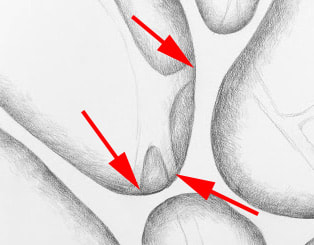
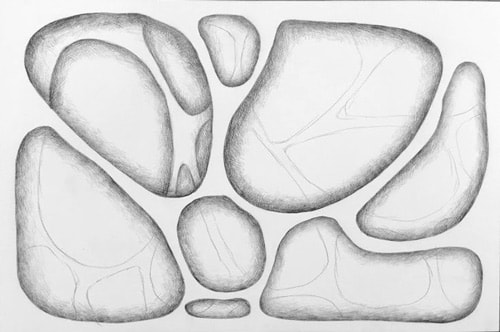
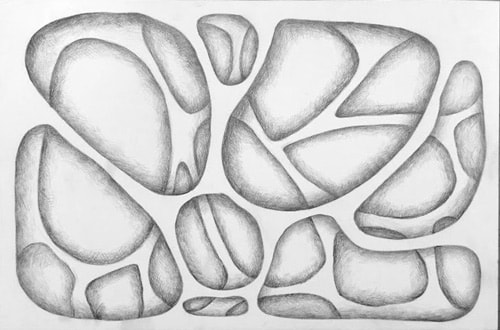
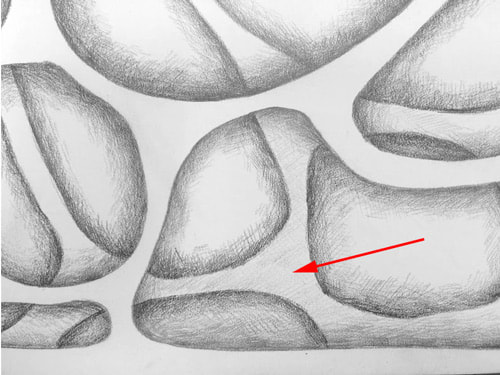
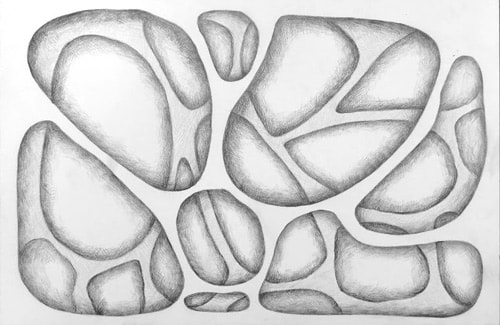
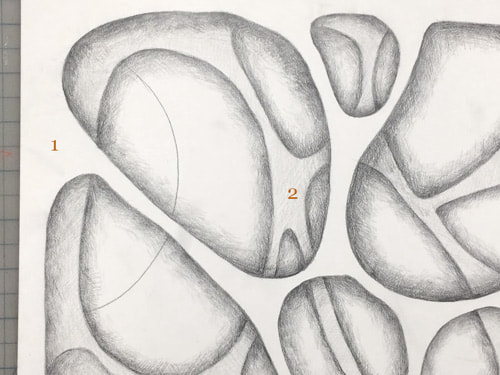
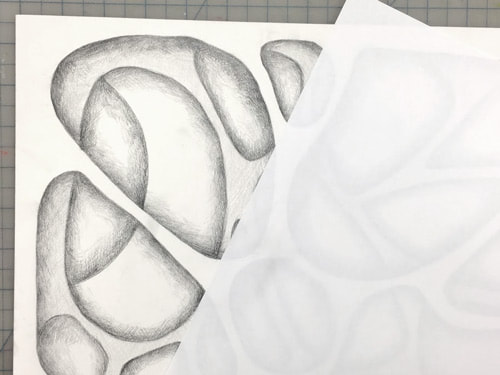
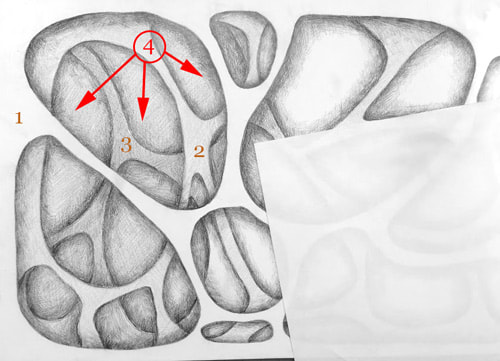
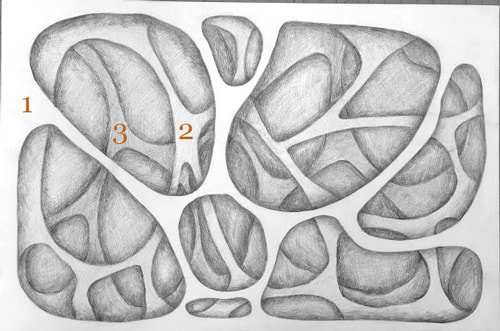
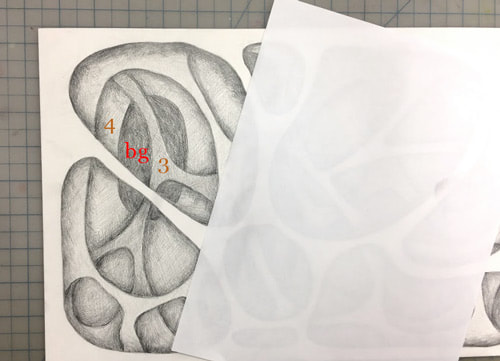
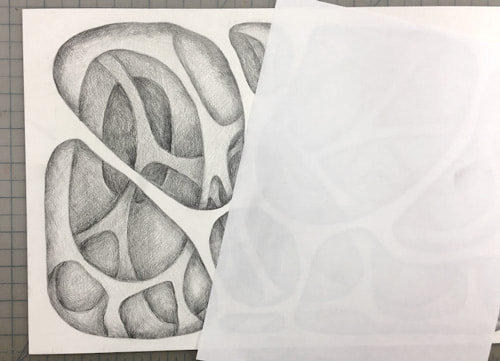

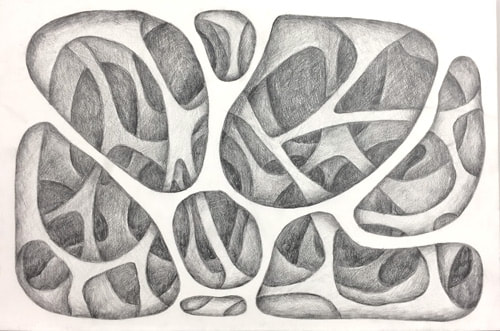
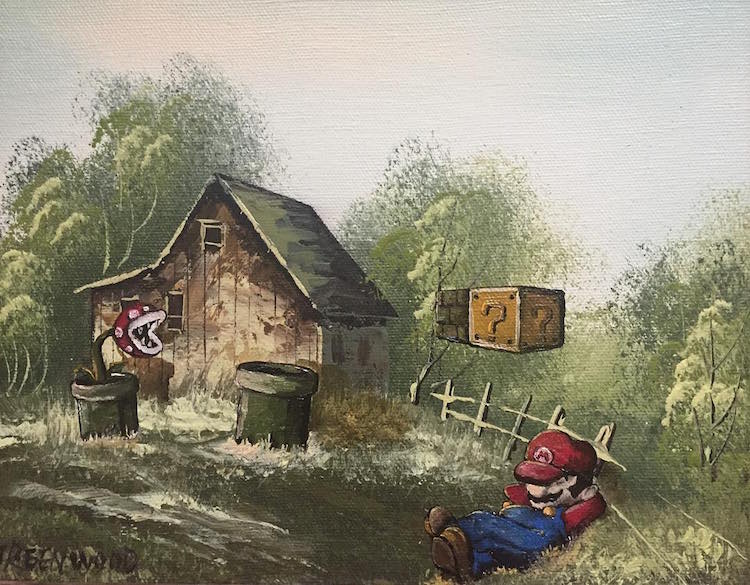
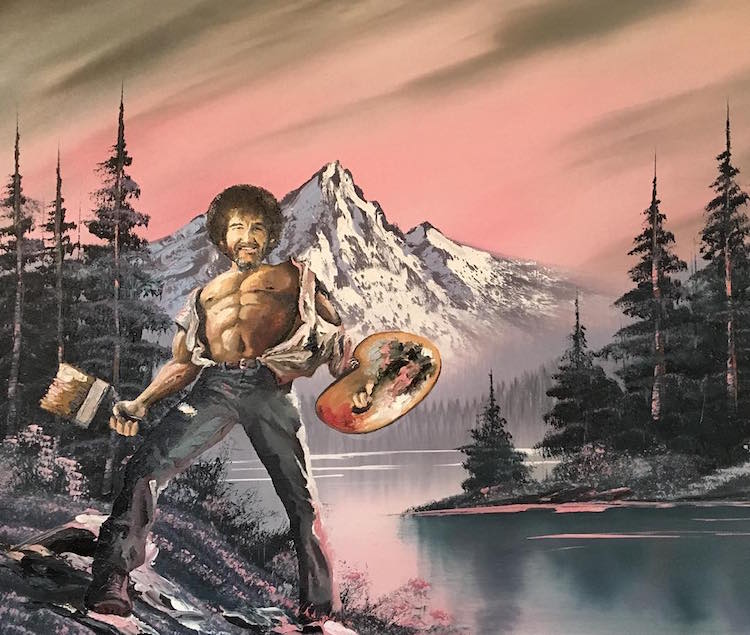
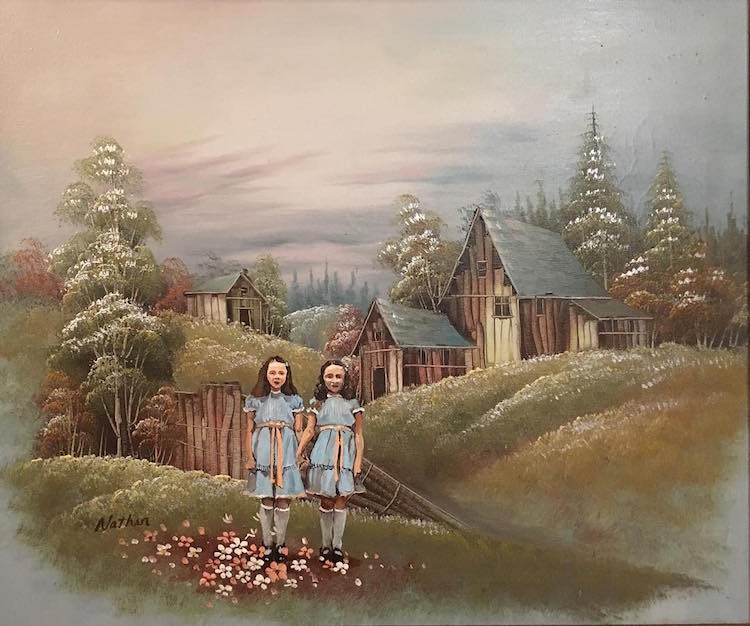
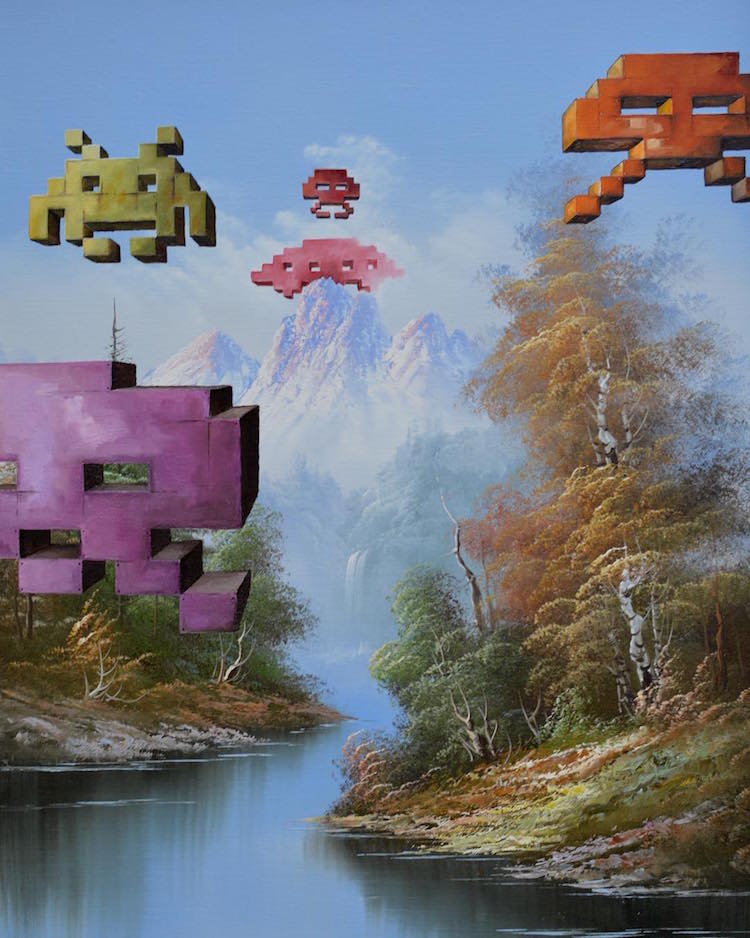
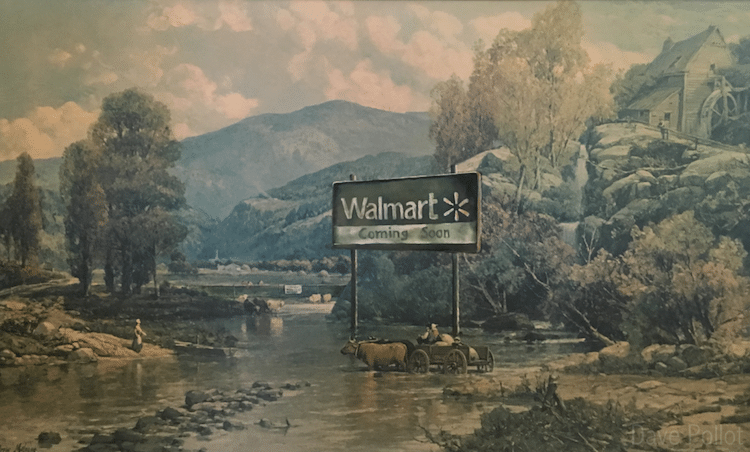
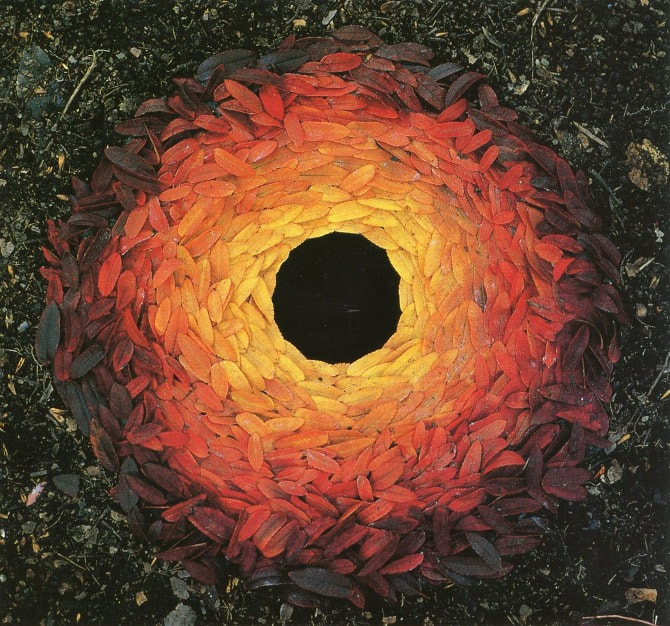
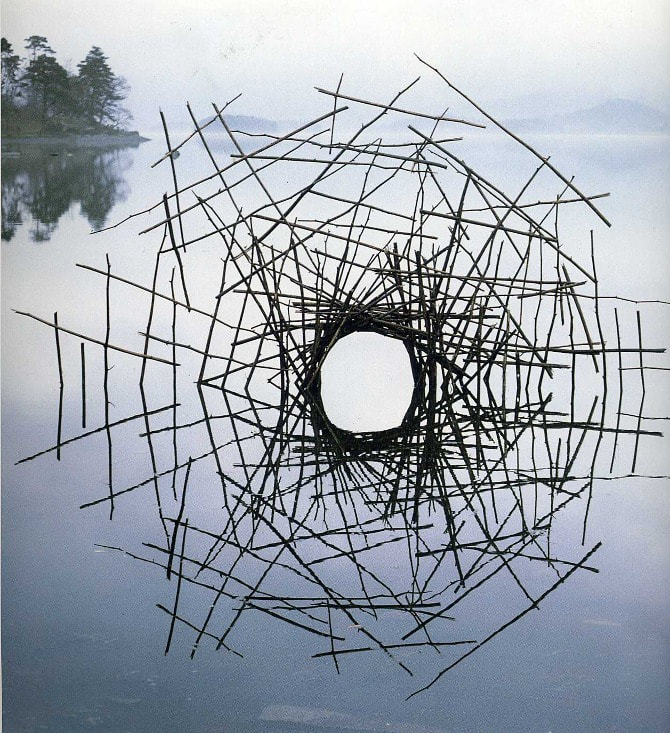

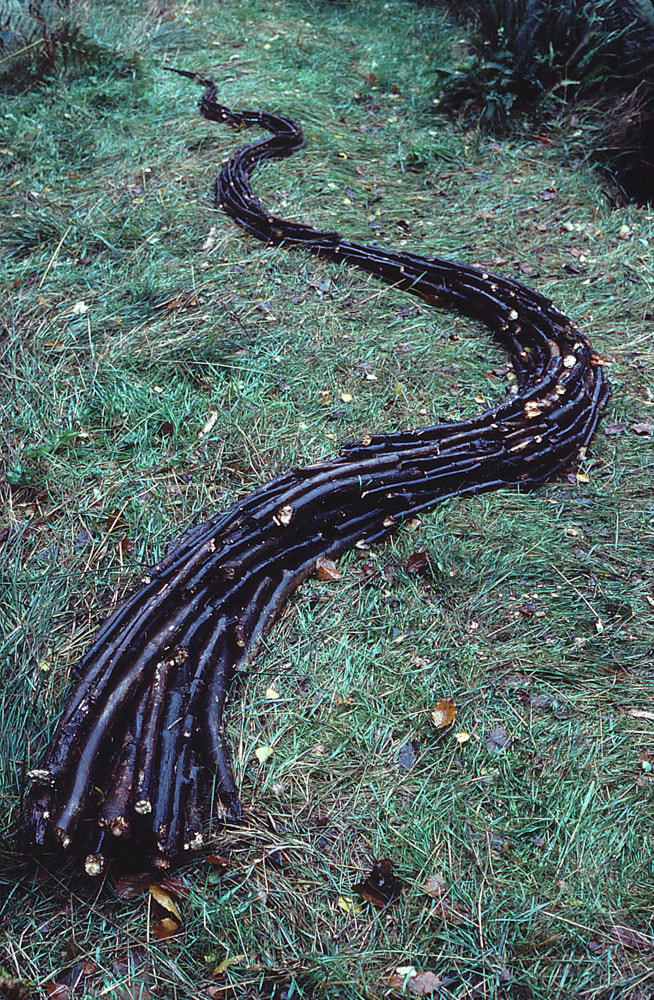
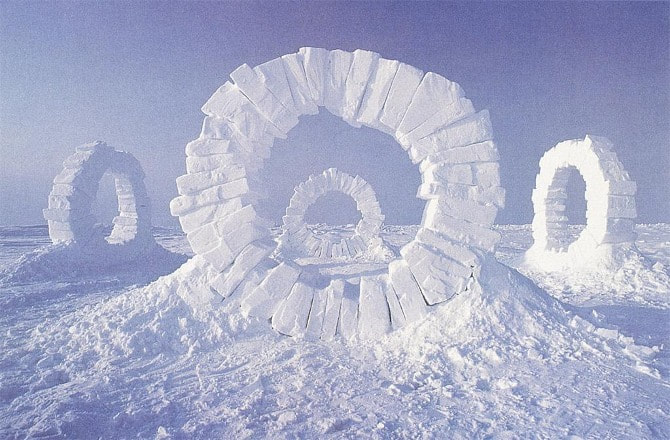
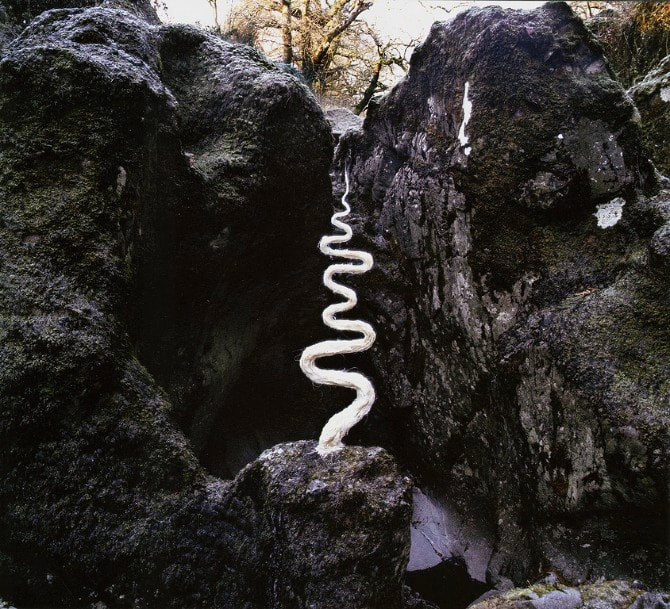
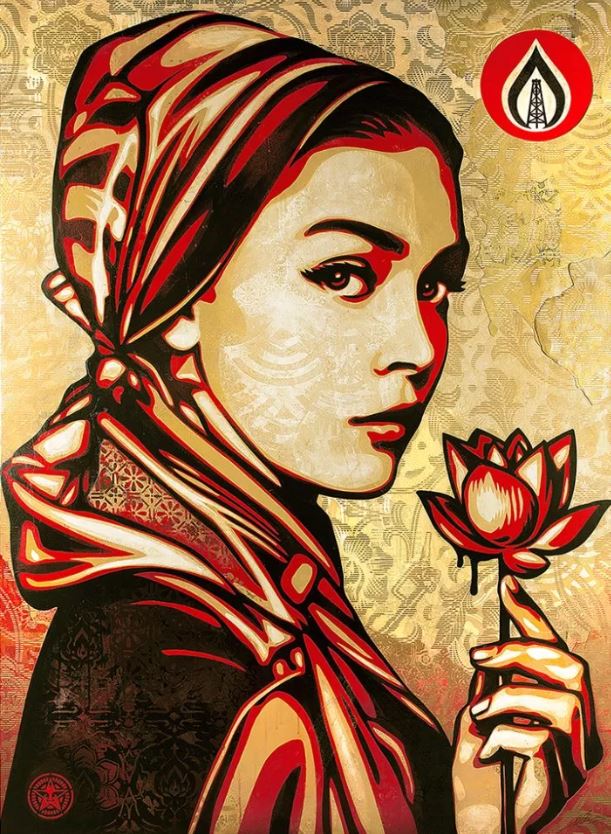
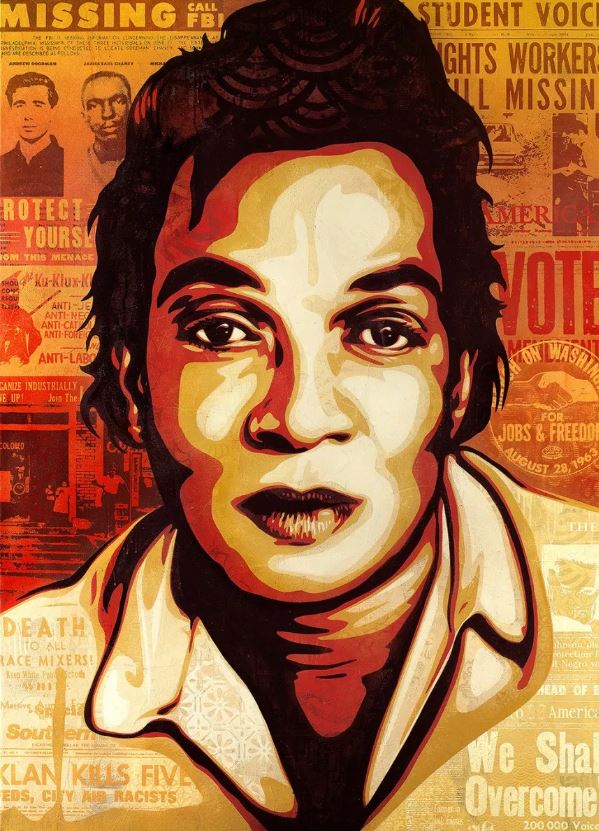
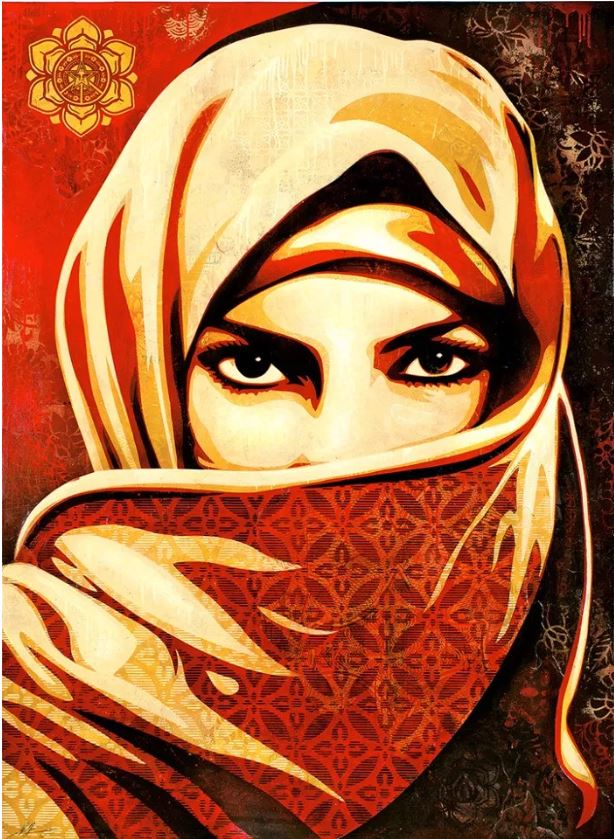

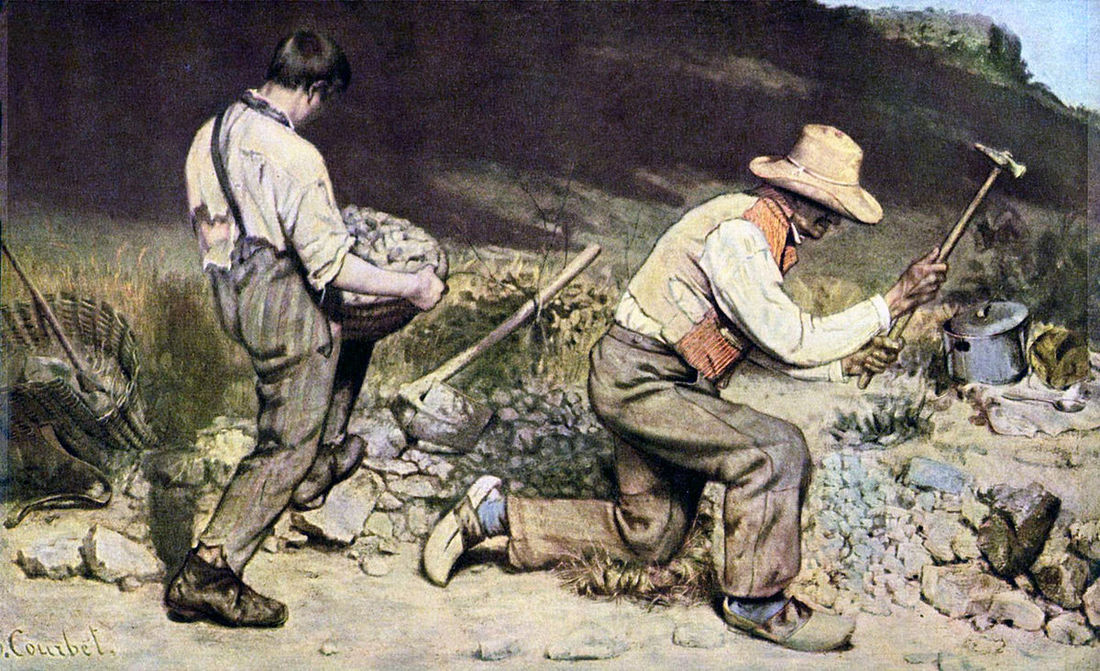
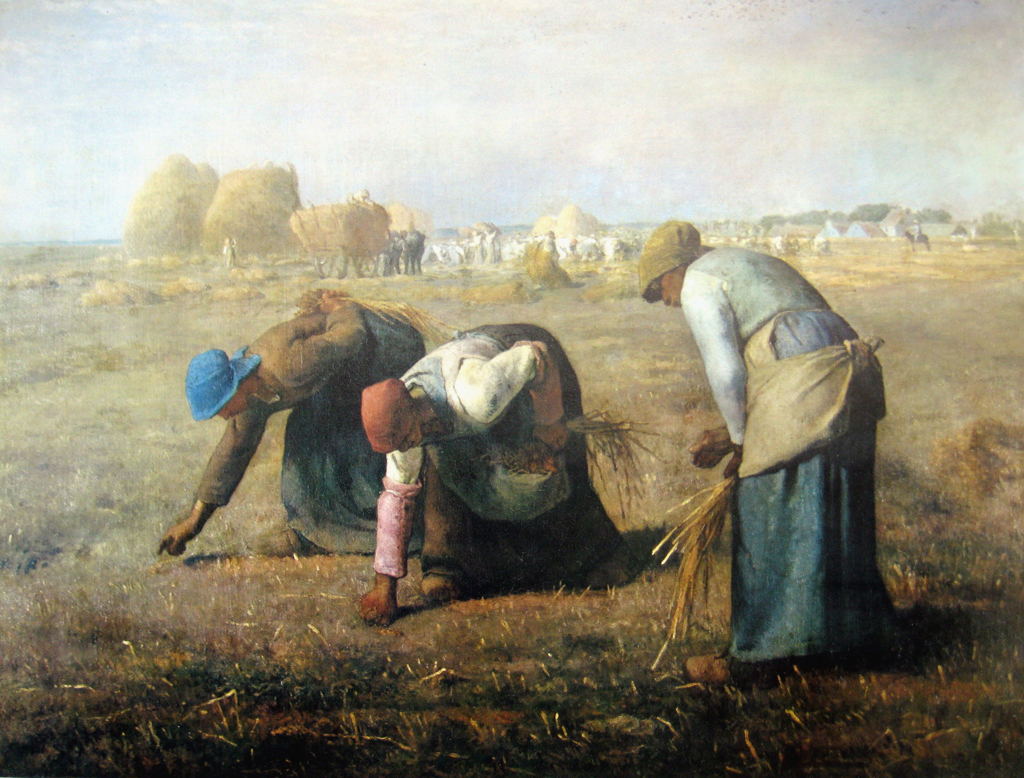
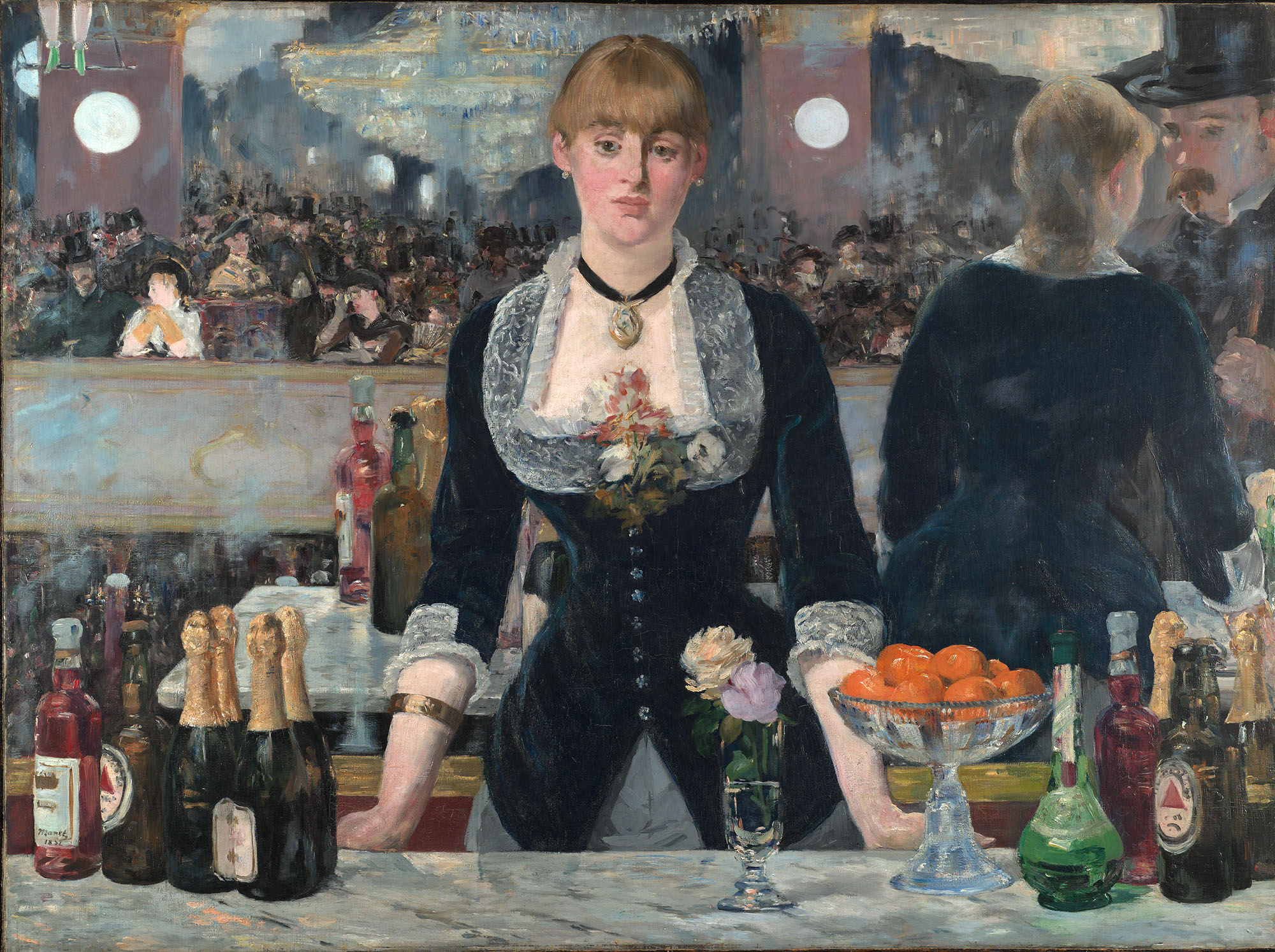
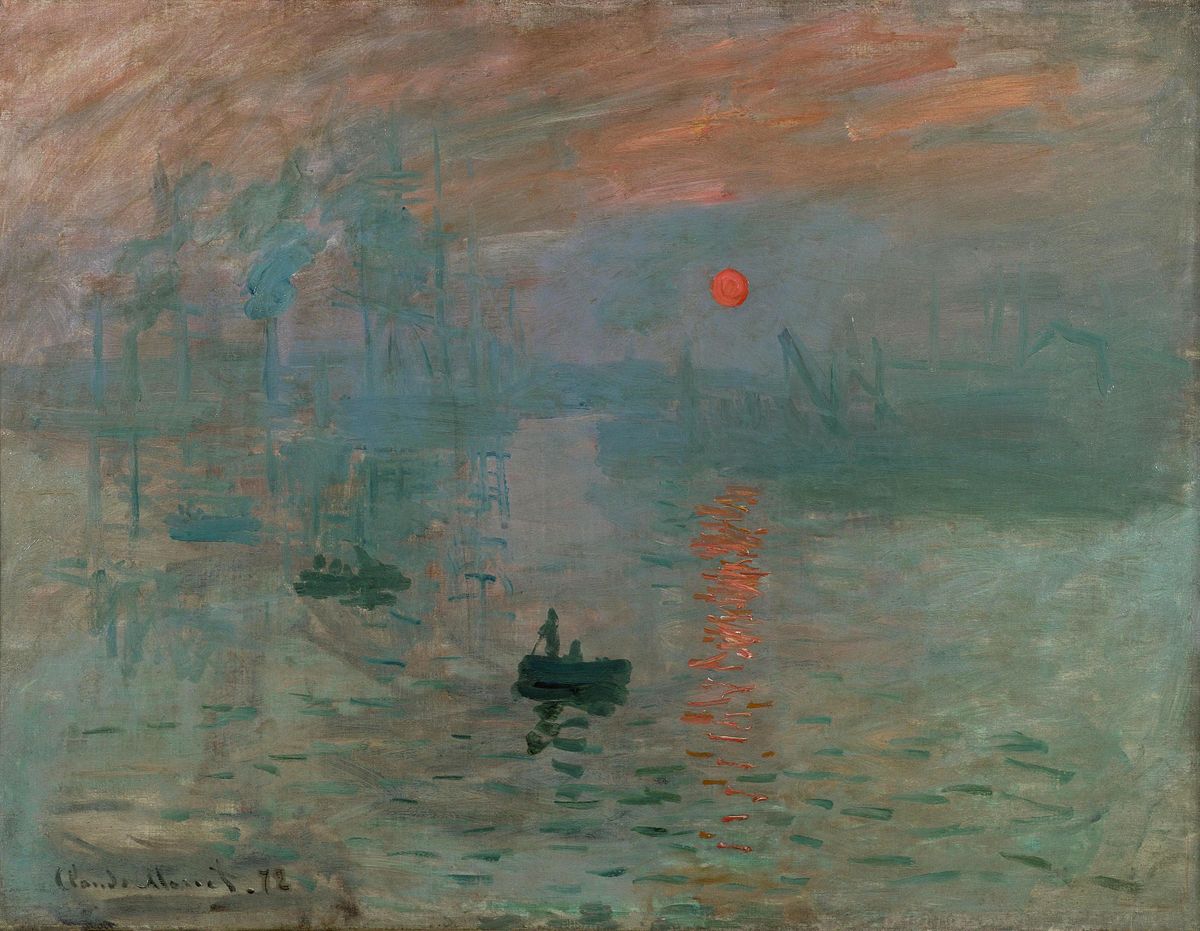
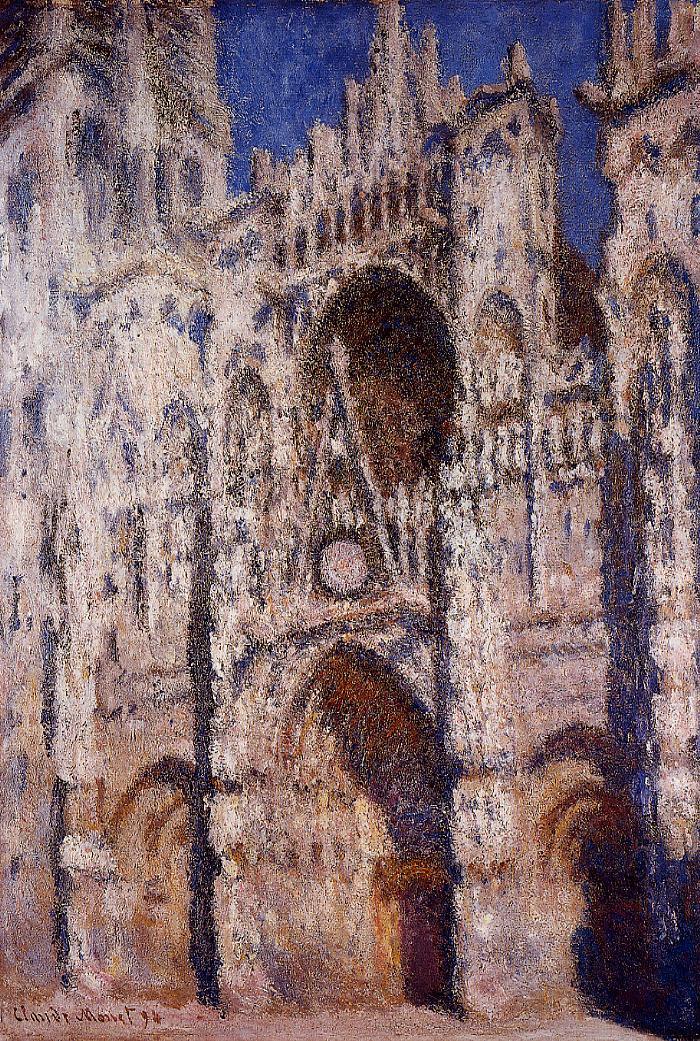
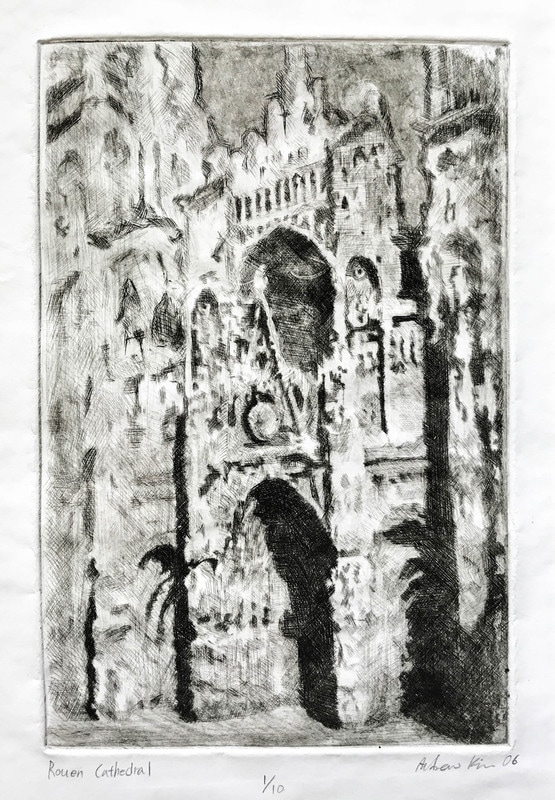


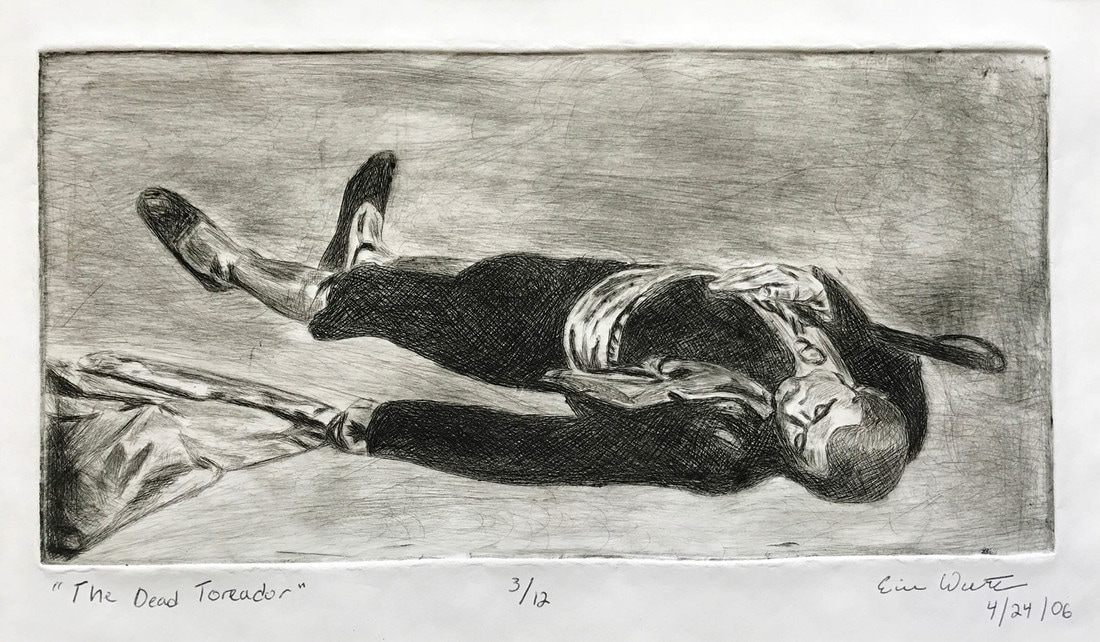

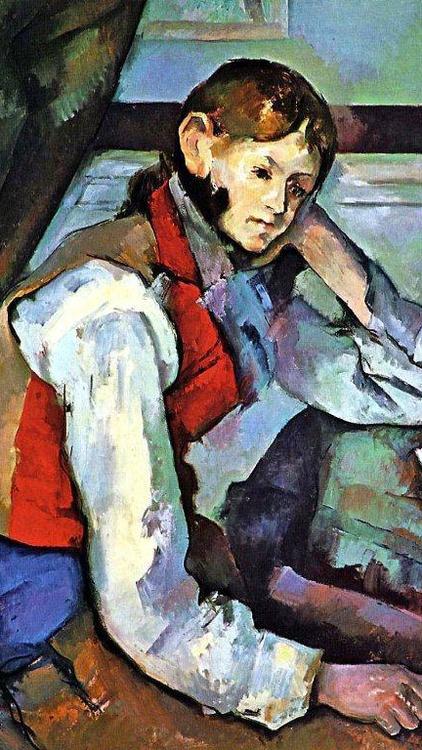

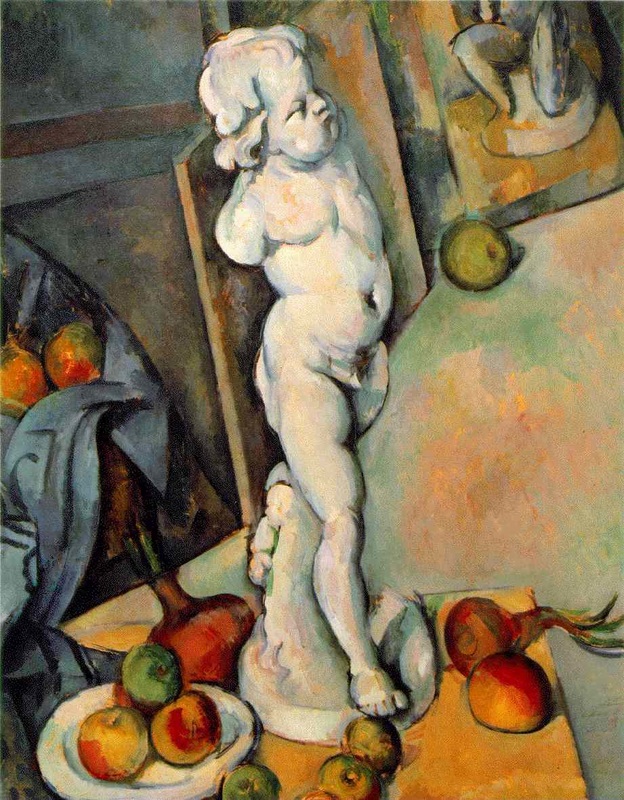
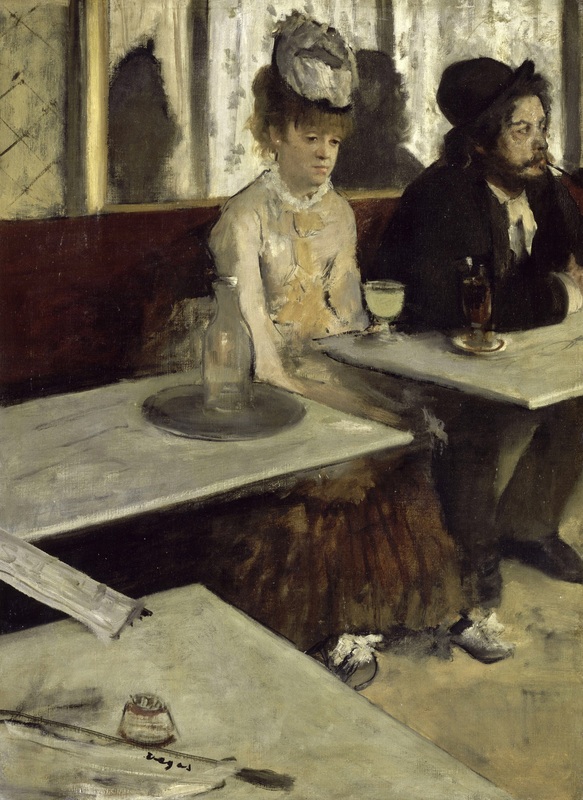
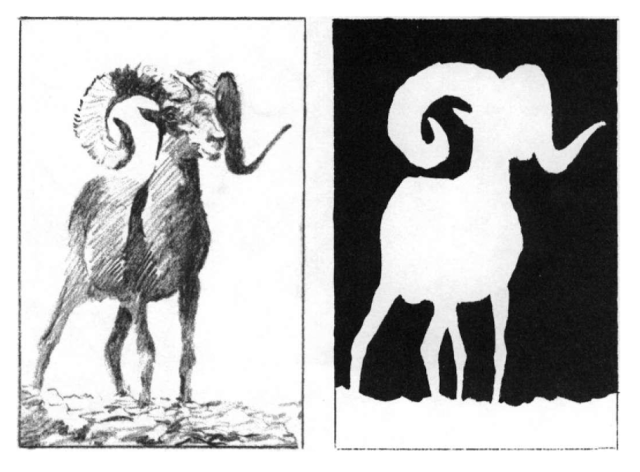

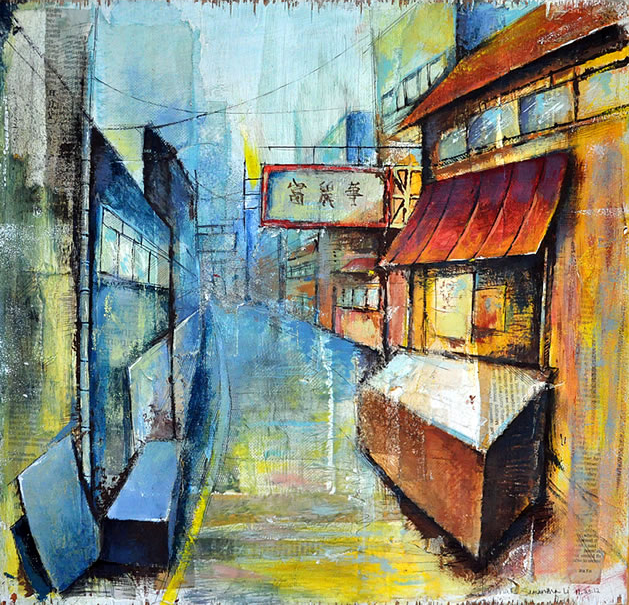
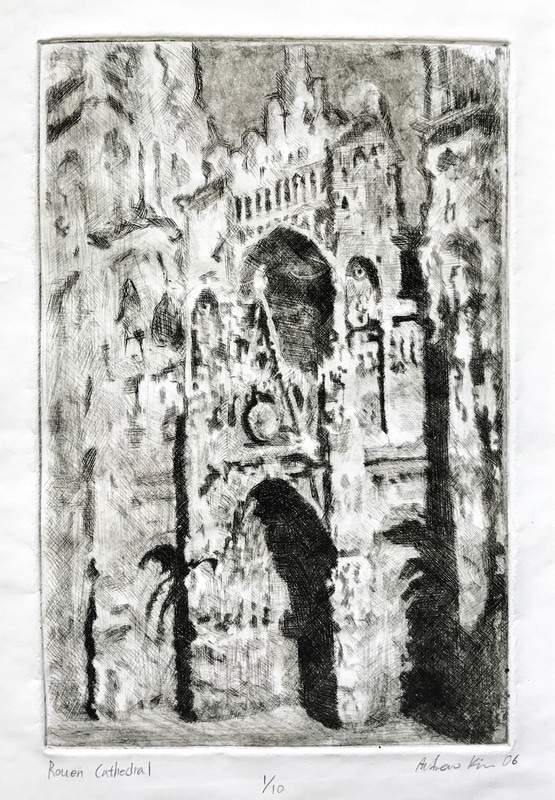
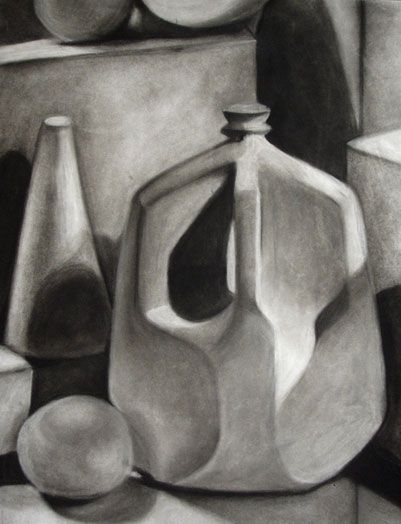


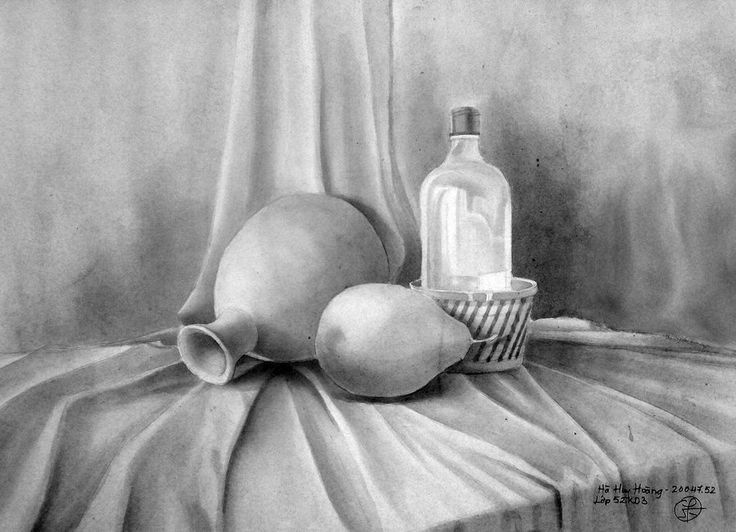
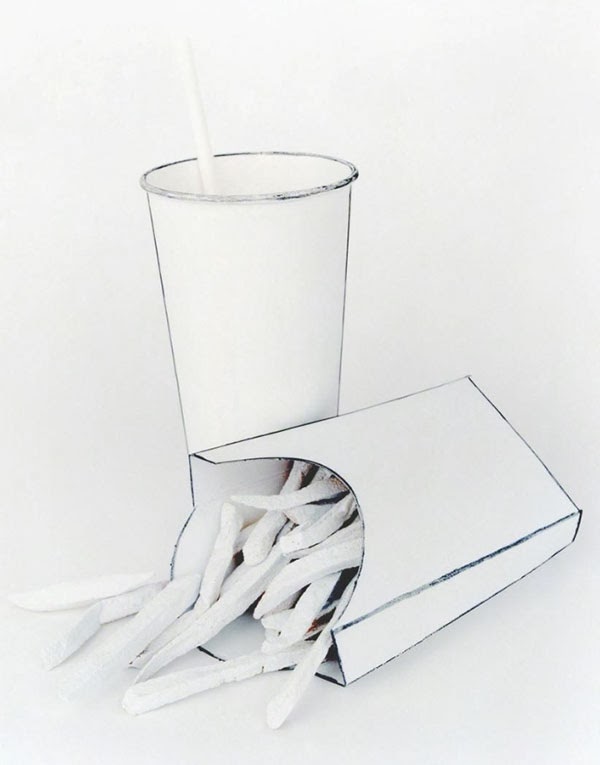
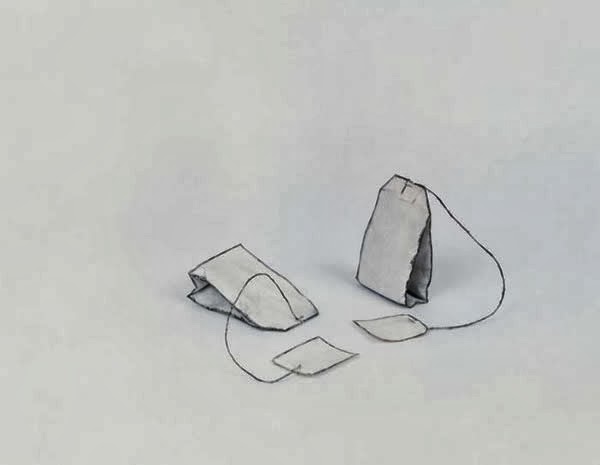
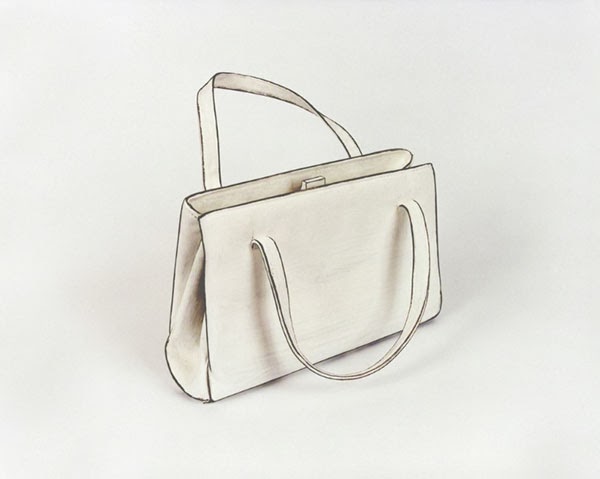
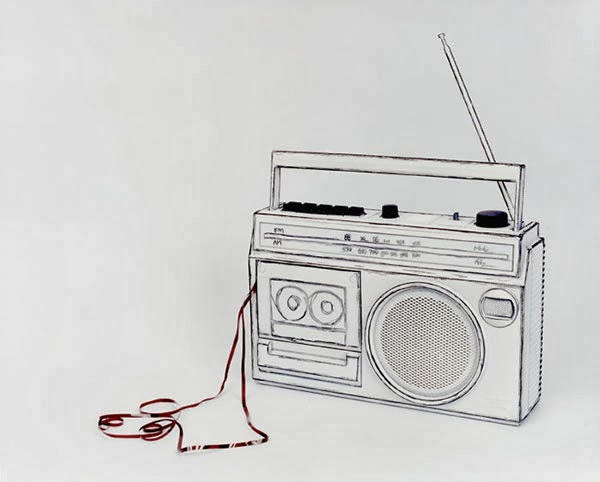
 RSS Feed
RSS Feed
